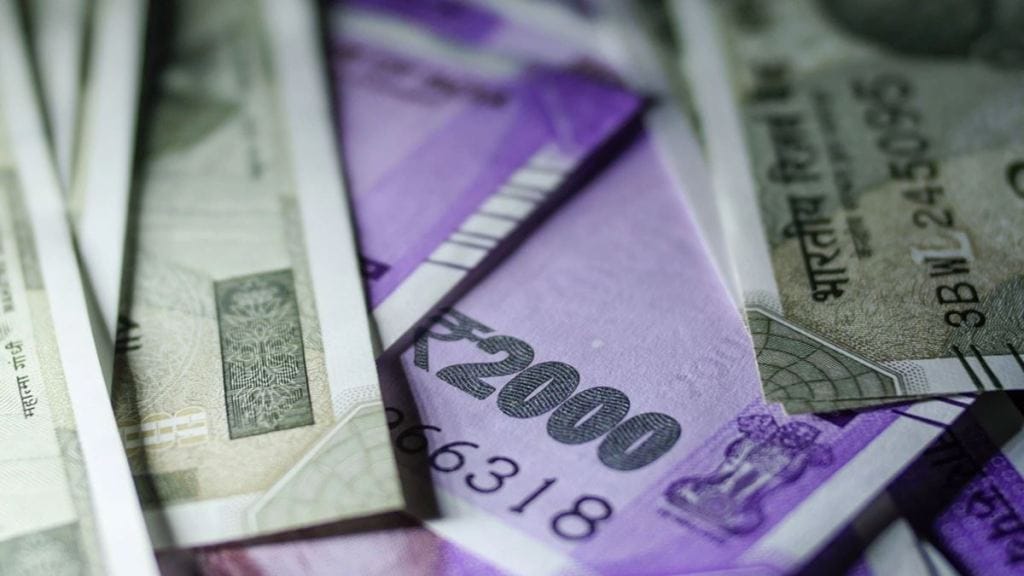The Centre has rolled out a new expenditure management scheme, under which monies will be released from the Consolidated Fund of India (CFI) directly to the bank accounts of implementing agencies ‘just in time’ for use. The scheme, which initially covered all centrally sponsored schemes and autonomous bodies, has now been extended to expenditure routed through Centre-sector schemes as well, a move that will result in significant fiscal savings.
The benefit to the Centre’s finances from the move arises from the fact that expenditures would be budgeted only when funds are actually spent in the real economy. In the earlier system, large funds used to float with government accounts other than CFI, including state treasuries, even as the expenditures have been accounted for.
Thanks to the calibrated release of funds, buoyant tax receipts and steps to rationalise revenue expenditure, the Centre is unlikely to raise its gross market borrowing in FY23 from the budgeted level to fund the fiscal deficit. This is despite large additional spending commitments on subsidies and the revenue loss from tax cuts on auto fuels announced in May.
Also Read: RBI should let rupee track fundamentals, intervene only to curb volatility: D Subbarao
The Centre is budgeted to spend Rs 11.8 trillion through central sector schemes and another Rs 4.43 trillion in the centrally sponsored schemes in FY23. The Budget estimate for total expenditure is Rs 39.4 trillion in FY23.
The Centre recently estimated extra spending of Rs 2 trillion over the Budget Estimate on the subsidies on fertilisers, food and cooking gas in FY23. While about Rs 1.3 trillion in additional net (post-devolution) tax revenues is expected, another Rs 30,000-40,000 crore may come in from windfall taxes on petroleum products, leaving the deficit over and above budgeted level at a manageable Rs 30,000 crore. Here, the just-in-time funds release will come in handy.
The Union government had announced a plan to borrow Rs 8.45 trillion from the market through dated securities in the first half of FY23. It pegs FY23 gross market borrowing via dated securities at Rs 14.31 trillion, against the budgeted Rs 14.95 trillion, citing a switch programme conducted on January 28. The second half borrowing calendar is expected to be announced by September end.
“We don’t think there is any requirement of additional borrowings this year. However, it will be our effort to rationalise revenue expenditure at the time of revised estimate as subsidies are going to go up,” an official said.
With the implementation of the Central Nodal Agency (CNA) for central-sector schemes, Single Nodal Agency (SNA) for centrally-sponsored schemes and Treasury Single Account (TSA) for autonomous bodies, the Centre will be able to track fund flows till the end-users.
“The fund releases in Q1 this fiscal could have been higher if we had not implemented the scheme . Now, we clearly know how much funds are lying with an implementing agency at a given time. Next installment can’t be booked until the previous releases have been used,” the official said.
Even as it maintained the pace of capital expenditure, the Centre reined in revenue spending in the later part of Q1FY23, with overall expenditure growth declining from 23.7% on year in May to 5.4% in June.
Lower floating of funds will help the Centre calibrate borrowings and is estimated to save nearly Rs 10,000 crore annually in interest costs, according to a source.
The Centre had budgeted to restrict revenue expenditure at Rs 31.94 trillion in FY23, down 0.2% from the actual spending of Rs 32.01 trillion in FY22. It intended to rein in the fiscal deficit at 6.4% of GDP from 6.7% last fiscal. However, the Budget calculations went haywire after the Ukraine war caused massive disruptions in the global supply chains, leading to a spike in international commodity prices. This, in turn, forced the government to raise the fertiliser subsidy from Rs 1.05 trillion in BEFY23 to `2.15 trillion (it could be even higher at Rs 2.25 trillion), on top of Rs 80,000 crore additional spending on account of the extension of the free ration scheme by six months through September.
The cut in the fuel excise duty in May to tame inflation may lead to about Rs 85,000 crore loss in excise revenues in FY23, which will further exert pressure on the government’s balance sheet.
“However, a large part of this would be absorbed by higher-than-estimated non-excise taxes, as well as the windfall tax on domestic crude oil production and export duties on petroleum products, limiting the extent of the overshoot in the government’s fiscal deficit in FY23 relative to the Budget estimates at Rs 30,000-80,000 crore,” rating agency Icra chief economist Aditi Nayar said.
“Unless the free food grain scheme (Pradhan Mantri Garib Kalyan Ann Yojana) is extended beyond September 2022, we do not expect the fiscal deficit to exceed 6.4% of GDP based on a nominal GDP of `272.1 trillion,” she added.


